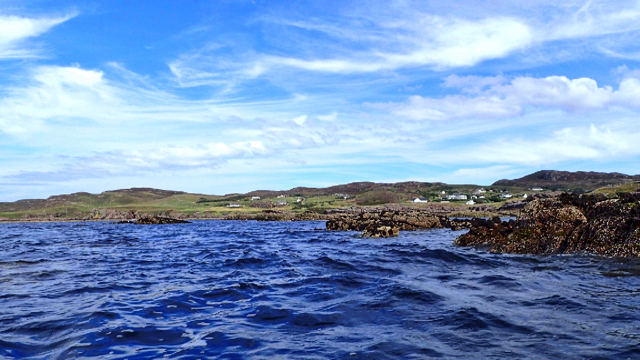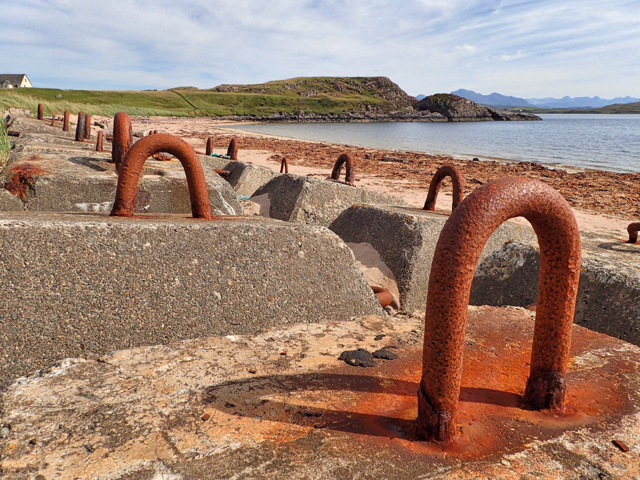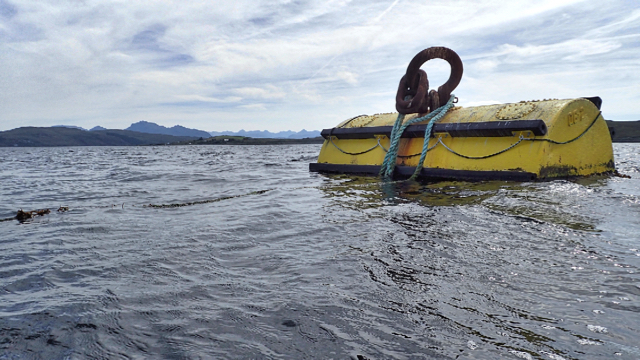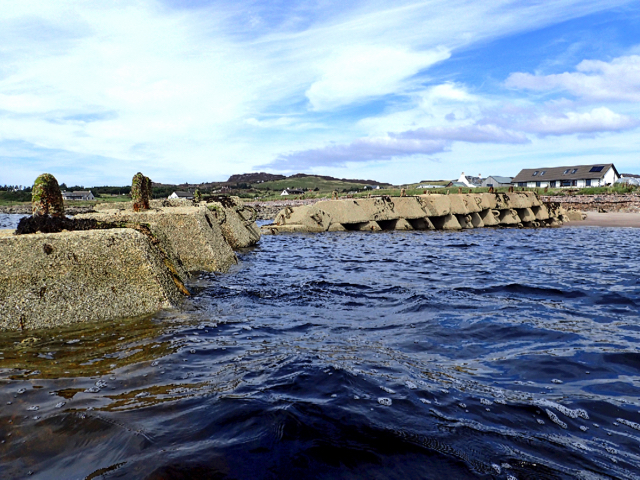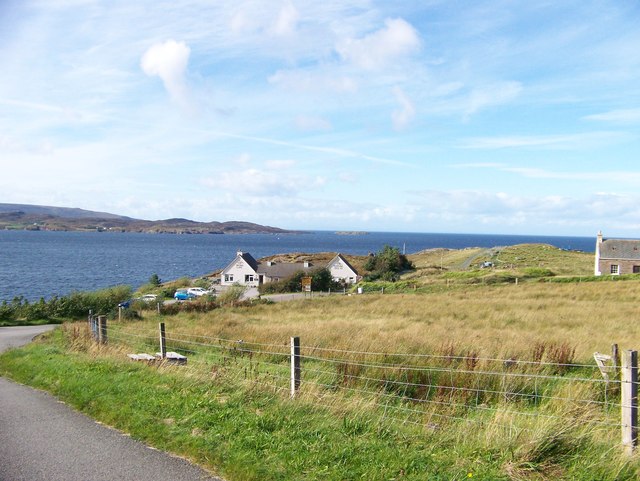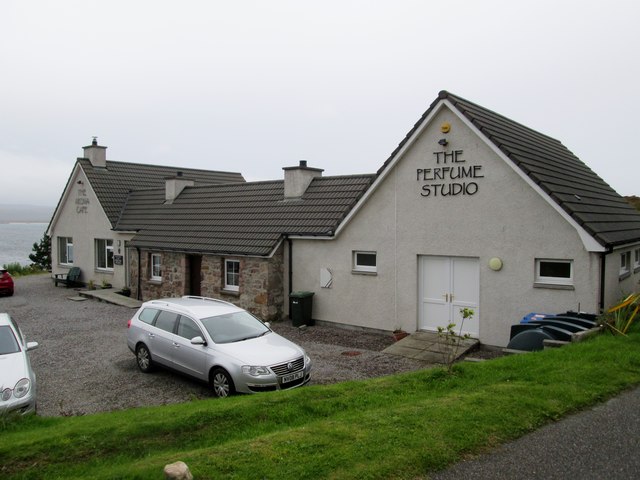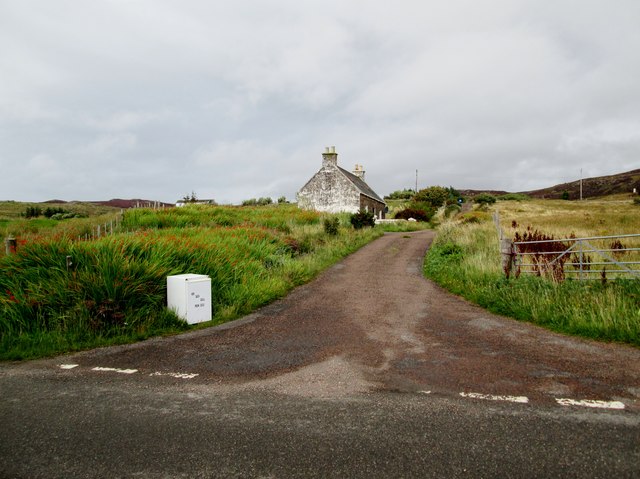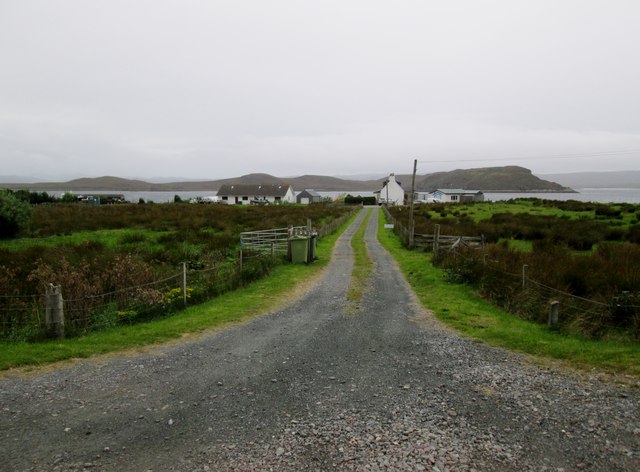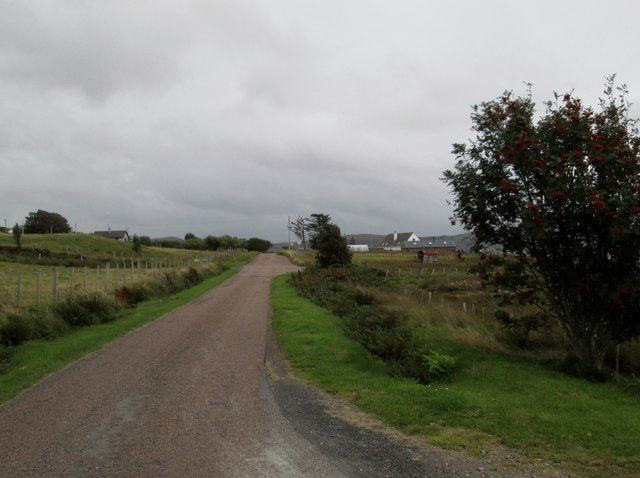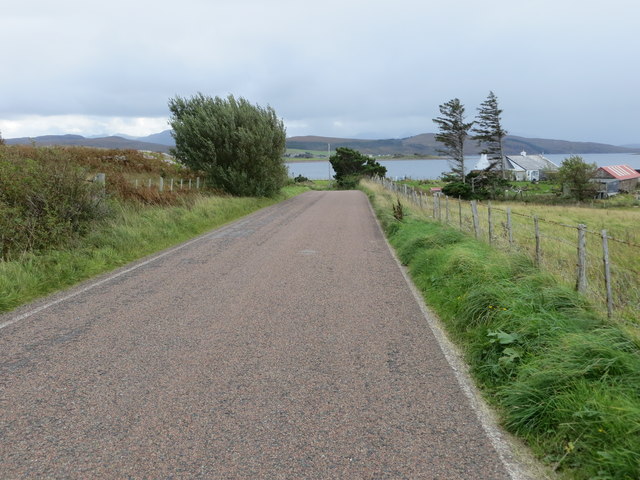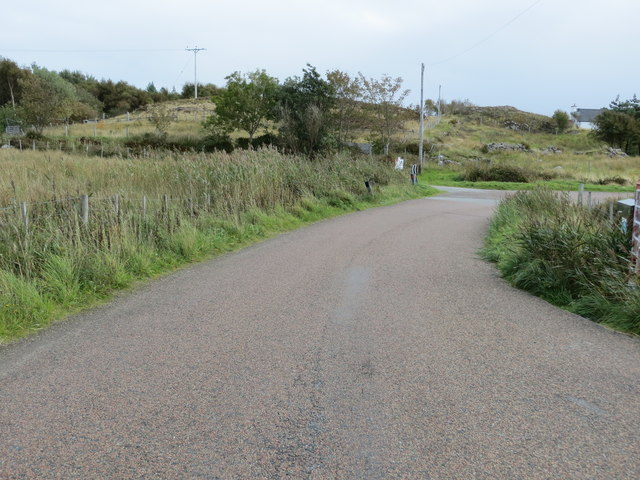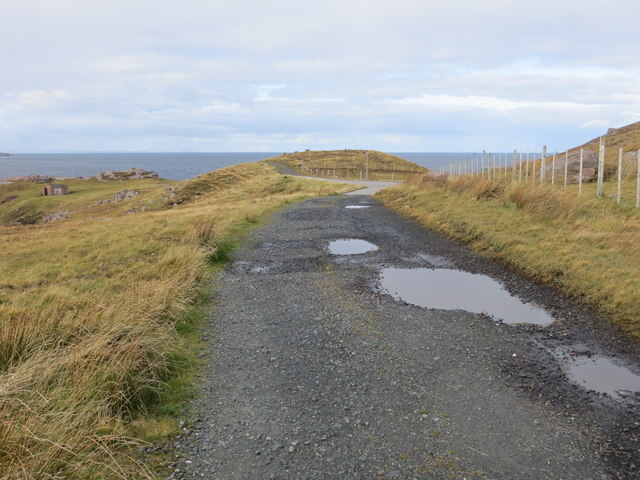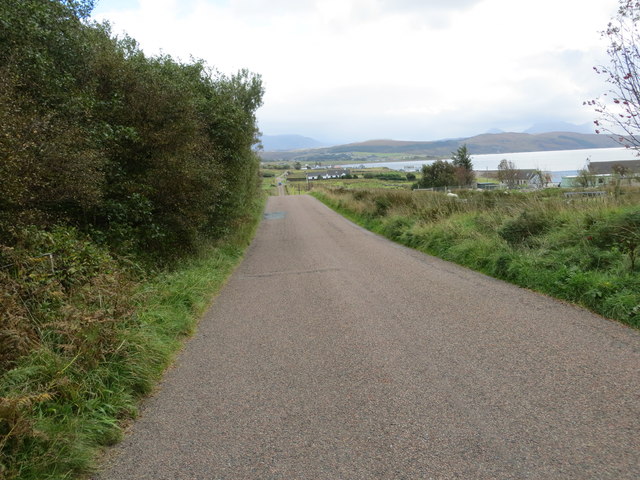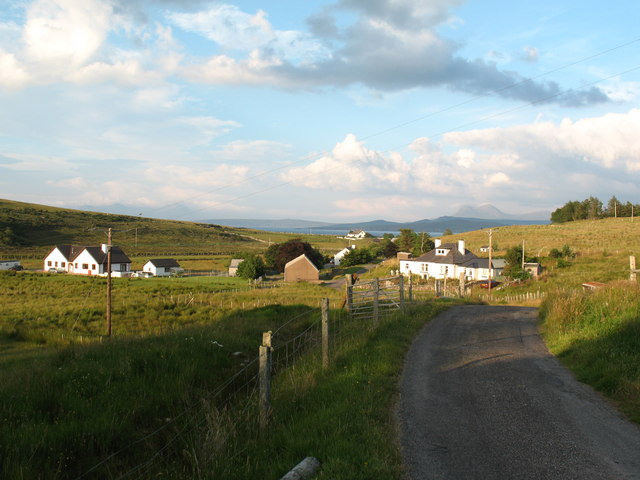Cnoc Feadaige
Hill, Mountain in Ross-shire
Scotland
Cnoc Feadaige
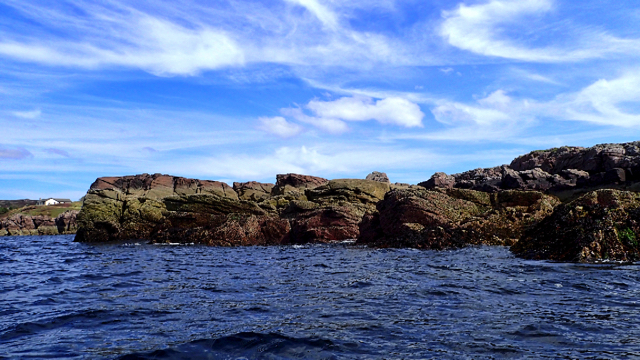
Cnoc Feadaige, also known as Feadaige Hill, is a prominent hill located in Ross-shire, in the Scottish Highlands. It forms part of the larger mountainous region of Scotland and is situated near the village of Aultbea.
Rising to an elevation of approximately 386 meters (1,266 feet), Cnoc Feadaige offers breathtaking panoramic views of the surrounding countryside. The hill is covered in a mixture of heather, grassland, and scattered patches of woodland, providing a diverse and picturesque landscape.
The ascent to the summit of Cnoc Feadaige is relatively moderate, making it an ideal destination for hikers of all levels. The hill is accessible via a well-defined path that winds its way through the lower slopes and gradually climbs towards the top. Along the way, visitors can admire the abundance of flora and fauna that call this hill their home.
Once at the summit, hikers are rewarded with stunning vistas across Loch Ewe and the rugged peaks of the Torridon Mountains in the distance. On a clear day, it is even possible to catch a glimpse of the Isle of Skye.
Cnoc Feadaige is a popular destination for outdoor enthusiasts and nature lovers alike. Its tranquil surroundings and unspoiled beauty make it an ideal spot for picnics, photography, or simply enjoying the peacefulness of the Scottish Highlands. Whether you are seeking a challenging hike or a leisurely stroll, Cnoc Feadaige offers a memorable experience for all who visit.
If you have any feedback on the listing, please let us know in the comments section below.
Cnoc Feadaige Images
Images are sourced within 2km of 57.864015/-5.6365818 or Grid Reference NG8491. Thanks to Geograph Open Source API. All images are credited.
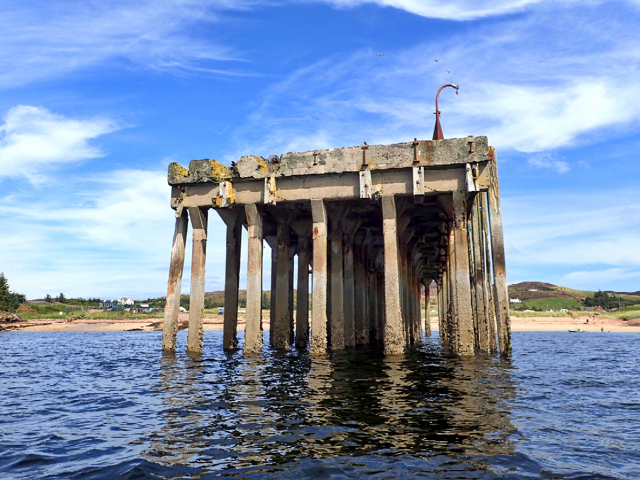
Cnoc Feadaige is located at Grid Ref: NG8491 (Lat: 57.864015, Lng: -5.6365818)
Unitary Authority: Highland
Police Authority: Highlands and Islands
What 3 Words
///freshen.fallen.hack. Near Gairloch, Highland
Related Wikis
Mellon Charles
Mellon Charles (Scottish Gaelic: Meallan Theàrlaich) is a remote crofting village on the north east shore of Loch Ewe near Gairloch in Wester Ross, in...
Ormiscaig
Ormiscaig (Scottish Gaelic: Ormasgaig) is a remote crofting village on the north east shore of Loch Ewe in Achnasheen, Ross-shire, Scottish Highlands and...
Loch Ewe
Loch Ewe (Scottish Gaelic: Loch Iùbh) is a sea loch in the region of Wester Ross in the Northwest Highlands of Scotland. The shores are inhabited by a...
Isle of Ewe
The Isle of Ewe (Scottish Gaelic: Eilean Iùbh) is a small Scottish island on the west coast of Ross and Cromarty. The island is inhabited by a single family...
Rubha Mòr
Rubha Mòr is a remote peninsula in west Scotland, in the western region of Ross and Cromarty. The peninsula stretches from Greenstone Point in the north...
Aultbea
Aultbea (Gaelic: An t-Allt Beithe) is a small coastal fishing village in the North-West Highlands of Scotland. It is situated on the southeast shore of...
Cove, Highland
Cove is a remote hamlet located on the northwestern shore of the sea loch Loch Ewe, and 8 mi (13 km) northwest of Poolewe in Ross-shire, Scottish Highlands...
Achgarve
Achgarve (Scottish Gaelic: An t-Achadh Garbh - the rough field) is a small coastal crofting and fishing hamlet, situated between Gruinard Bay and Loch...
Nearby Amenities
Located within 500m of 57.864015,-5.6365818Have you been to Cnoc Feadaige?
Leave your review of Cnoc Feadaige below (or comments, questions and feedback).
